CPLA Flatware vs Traditional Plastics: Eco-Friendly Volume Buying
Sep. 16, 2024
If you want to learn more, please visit our website sontex.
Understanding CPLA Flatware
CPLA, or crystallized PLA, is a type of biodegradable plastic derived from renewable resources like corn starch. This eco-friendly alternative is designed to break down in industrial composting facilities. When considering volume buying, it’s essential to understand its benefits.
Benefits of CPLA Flatware
- Biodegradability: Unlike traditional plastics, CPLA breaks down into natural elements, contributing to a more sustainable waste management system.
- Renewable Resources: Sourced from plants, CPLA reduces reliance on fossil fuels and supports sustainable agriculture.
- Compostability: CPLA is compostable under industrial conditions, making it suitable for environmentally-conscious consumers.
Traditional Plastics: The Dark Side
Traditional plastics, primarily derived from fossil fuels, pose significant environmental challenges. They take hundreds of years to decompose in landfills and contribute to pollution and ocean debris.
Disadvantages of Traditional Plastics
- Long Decomposition Time: Traditional plastics can linger in our environment for centuries, causing long-term pollution.
- Non-renewable Resources: Sourced from oil and gas, traditional plastics exacerbate resource depletion and climate change.
- Environmental Impact: The production and disposal of traditional plastics contribute significantly to greenhouse gas emissions.
Volume Buying Considerations
When purchasing eco-friendly products like CPLA flatware in bulk, several factors should be taken into account to maximize the benefits.
Cost-Effectiveness
While the initial cost of CPLA flatware may be higher than traditional plastics, bulk purchasing can lead to cost savings. Additionally, the long-term benefits of reducing landfill waste and encouraging sustainable practices can offset upfront expenses.
See also:How to Save with Eco Friendly CPLA Flatware Volume Purchase?
Supplier Reliability
Eco-Friendly Solutions: Compostable Spoons Made of CPLA
Eco-Friendly Seagrass & Water Hyacinth Baskets: Organize Beautifully!
The Benefits of Using Recycled Glass Kitchenware
Key Questions to Ask When Choosing Natural Fiber Rugs for Your Home
Why do people prefer vintage?
Why is retro style important?
Choosing a reputable supplier that prioritizes sustainability is crucial. Look for companies that provide transparent sourcing information and certifications for their CPLA products.
Conclusion
In conclusion, opting for CPLA flatware over traditional plastics is not only a step towards environmental responsibility but also a cost-effective solution for bulk purchasing. By understanding the benefits and considerations, consumers and businesses can make informed choices that align with eco-friendly practices.
Click here to get more.
Are you interested in learning more about eco friendly cpla flatware volume purchase? Contact us today to secure an expert consultation!
See also:What is construction vs general OSHA?
What is the difference between 29 CFR 1910 and 1926?
Is TIPS a major surgery?
Synthetic Material Mesh Material- Polypropylene, Marlex ...
Polyester Vs Mesh: Learn the Difference
What Are Self Watering Plant Pots And How Do They Work?
Cigarette Filter
149
0
0
Related Articles
-
359
0
0
-
339
0
0
-
483
0
0
-
471
0
0
-
496
0
0
-
423
0
0
-
479
0
0
-
480
0
0



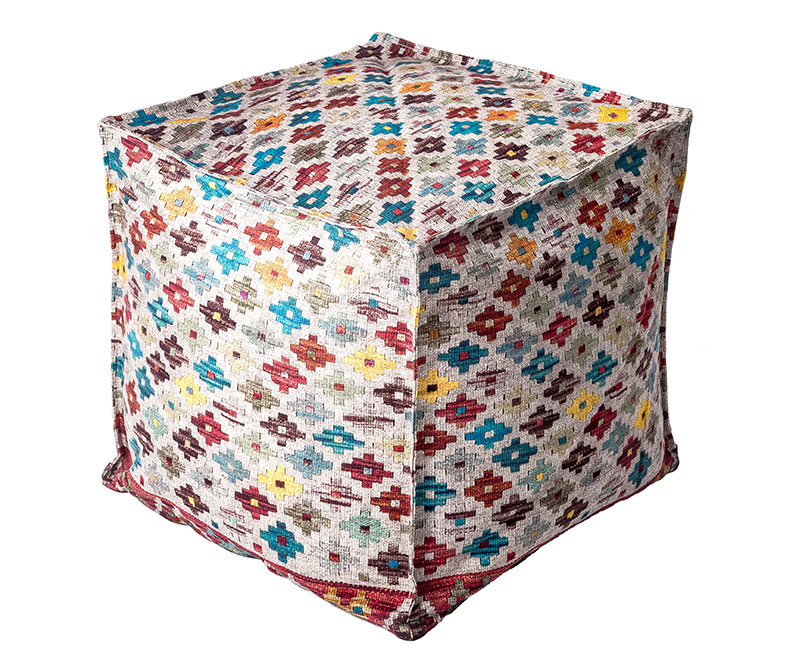
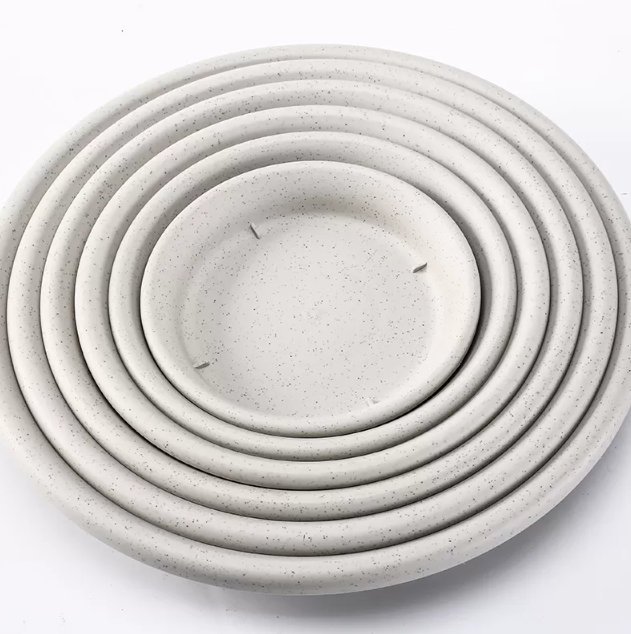
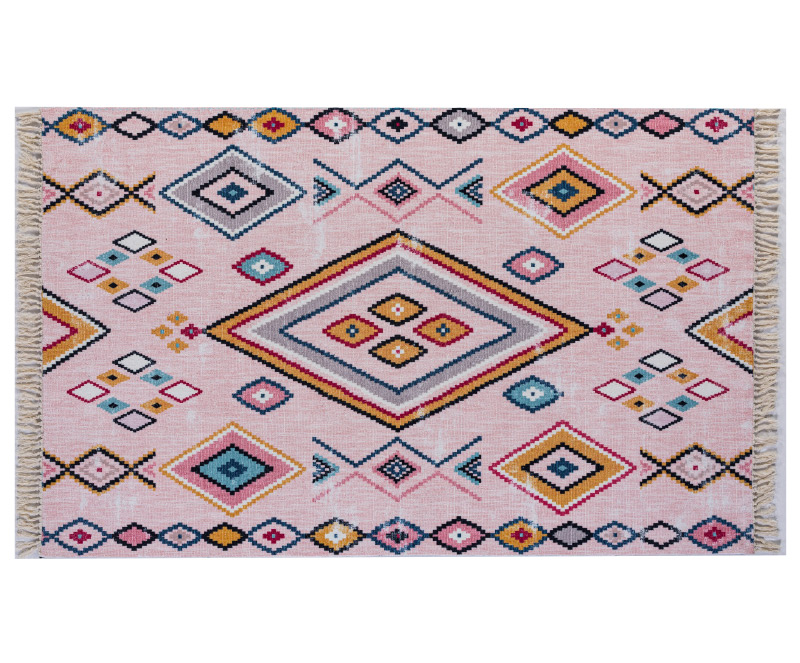
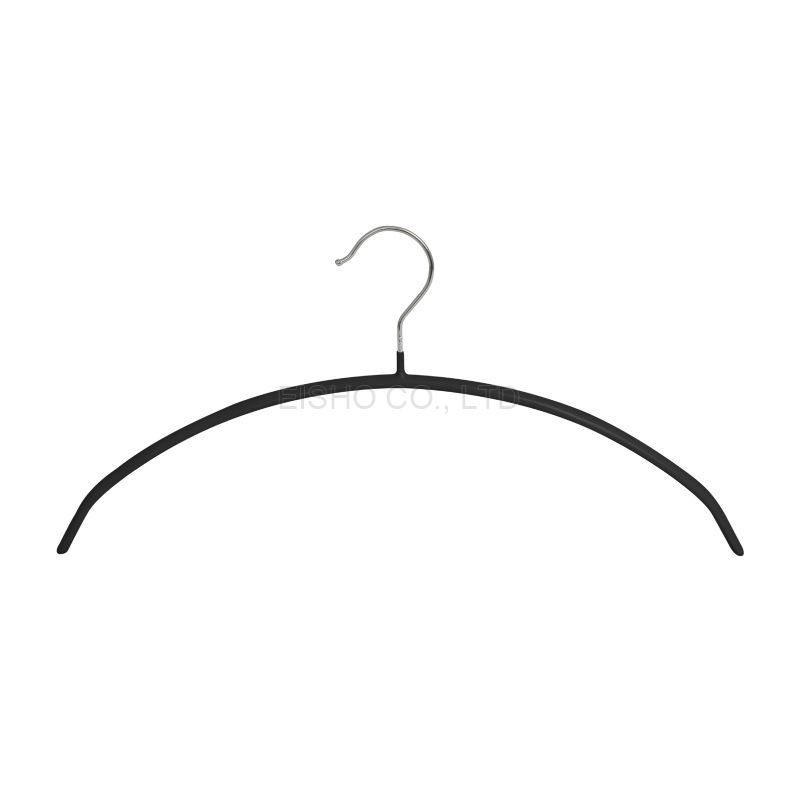
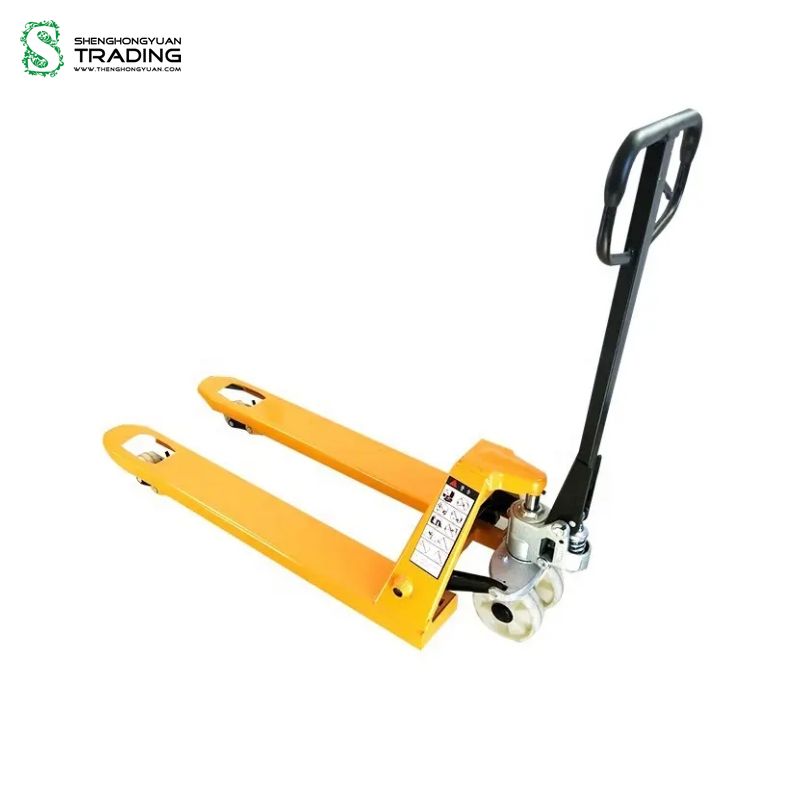
Comments
All Comments (0)